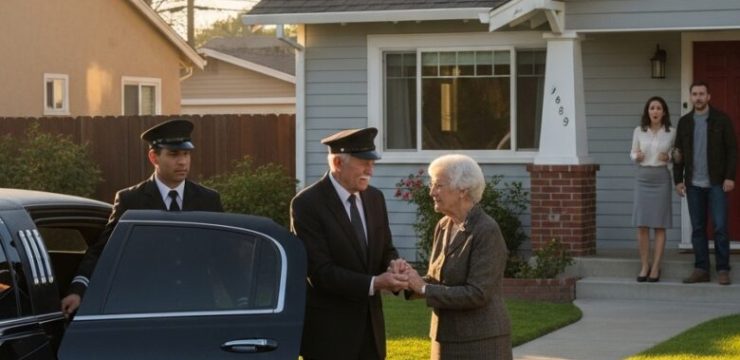Jimmy Swaggart, one of America’s most controversial and well-known televangelists, passed away at the age of 90 on June 15 following cardiac arrest after being hospitalized for two weeks in Louisiana. His life was a complex blend of spiritual influence, musical talent, public disgrace, and unwavering persistence.

Born in 1935 in Ferriday, Louisiana, Swaggart began preaching as a teenager and married Frances Anderson when he was just 17 years old. In the early years of their marriage, the couple lived in poverty, traveling and ministering wherever they could, often sleeping in their car and depending on small church donations to survive. Despite their struggles, Jimmy never wavered in his mission to spread the gospel. In 1969, Swaggart’s ministry began gaining traction with his radio broadcasts, which reached more and more listeners across the southern United States. That momentum carried into 1971 when he launched the “Jimmy Swaggart Telecast,” a television ministry that eventually aired worldwide and brought his preaching to millions of households. By the 1980s, Jimmy Swaggart had become a religious powerhouse. His programs were broadcast on over 3,000 stations and cable systems each week.
He founded the Family Worship Center in Baton Rouge, Louisiana, a Bible college, and a Christian academy. His influence extended beyond the pulpit—he also had a successful gospel music career, selling more than 15 million albums. For a time, his popularity rivaled that of fellow televangelists like Pat Robertson and Jerry Falwell. He was a symbol of fire-and-brimstone evangelism, known for his emotional sermons and passionate music. But Swaggart’s fame began to unravel in 1988 when he became embroiled in a scandal that would change the course of his ministry forever. He was caught with a prostitute in a Louisiana motel room—a revelation that shocked his devoted followers and made headlines across the nation.
In a televised address that quickly became infamous, Swaggart tearfully confessed to his congregation, saying, “I have sinned against You, my Lord.” That moment, while emotional, could not save his reputation. He was temporarily defrocked by the Assemblies of God, and although he attempted to return to the ministry, his public image was forever altered. His ministry took another hit in 1991 when he was again linked to a scandal involving a prostitute.
This time, however, he showed no remorse and offered no apology. Instead, he defiantly told reporters, “The Lord told me it’s flat none of your business.” That statement further alienated many of his remaining supporters and contributed to a steep decline in both his influence and the financial health of his organization. Donations dried up, broadcast affiliates dropped his programming, and the massive crowds he once drew began to dwindle. Yet, despite the scandals and loss of public support, Jimmy Swaggart was not one to disappear quietly. In 2007, he launched the SonLife Broadcasting Network, a television and radio network dedicated to spreading his ministry to a new generation. He continued preaching regularly at the Family Worship Center, with sermons often featuring his son Donnie and other family members. Through it all, Swaggart maintained a dedicated base of followers who forgave his transgressions and remained loyal to his message. His life story is one of deep contradictions—a man who inspired millions with his preaching and music but who also struggled publicly with personal failings that many felt were at odds with the gospel he preached. Even with the dramatic ups and downs, Jimmy Swaggart’s influence on American Christianity is undeniable. His mix of old-school evangelism, musical talent, and relentless drive kept him in the public eye for over five decades. He leaves behind his wife Frances, his son Donnie Swaggart, and a legacy that continues to stir debate and reflection among believers and critics alike. Whether remembered for his passionate sermons or his public downfalls, Jimmy Swaggart remains a significant and complex figure in the history of American religion.





